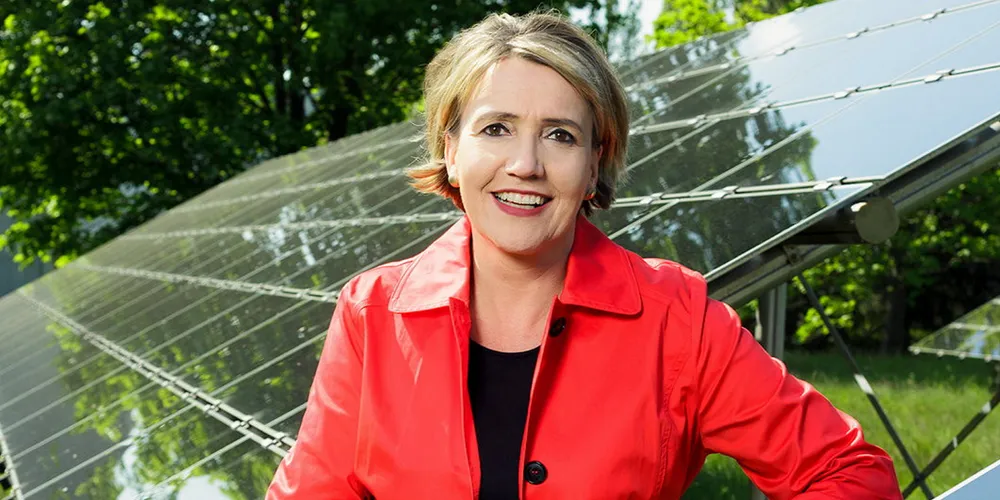'Ökostromlücke' looming: Renewable energy share in Germany falls in first half of 2021
Cold winter, recovering economy and low winds push down wind power output and boost fossil fuel usage in Europe’s largest economy

Cold winter, recovering economy and low winds push down wind power output and boost fossil fuel usage in Europe’s largest economy
